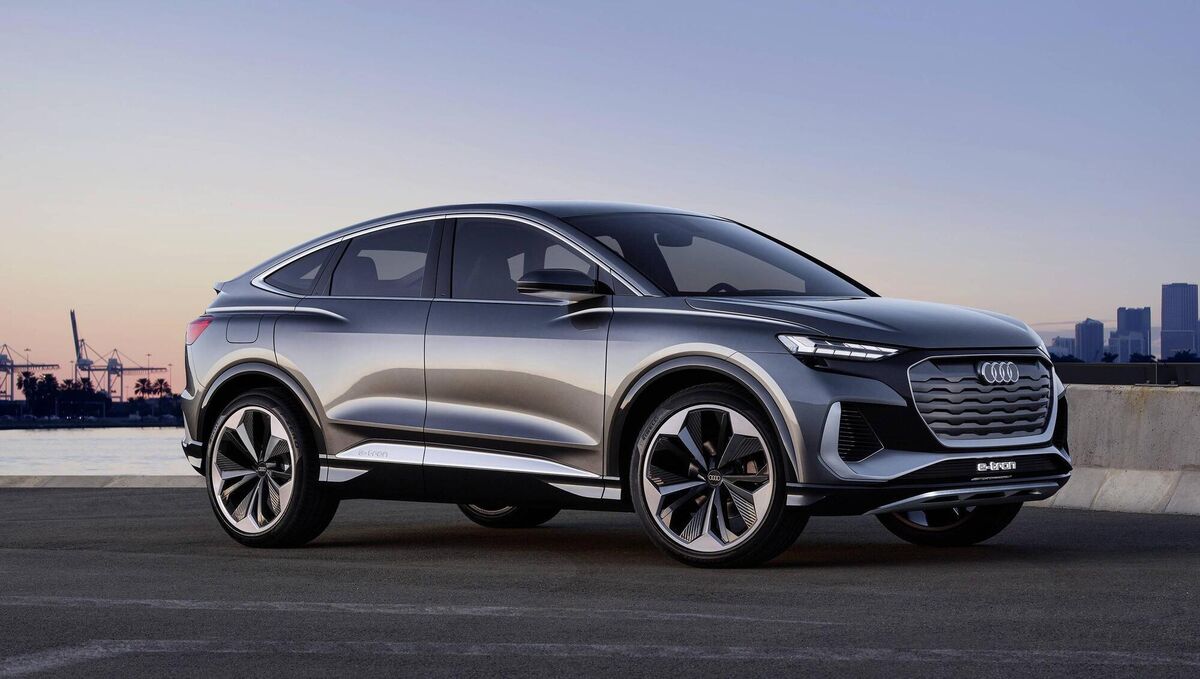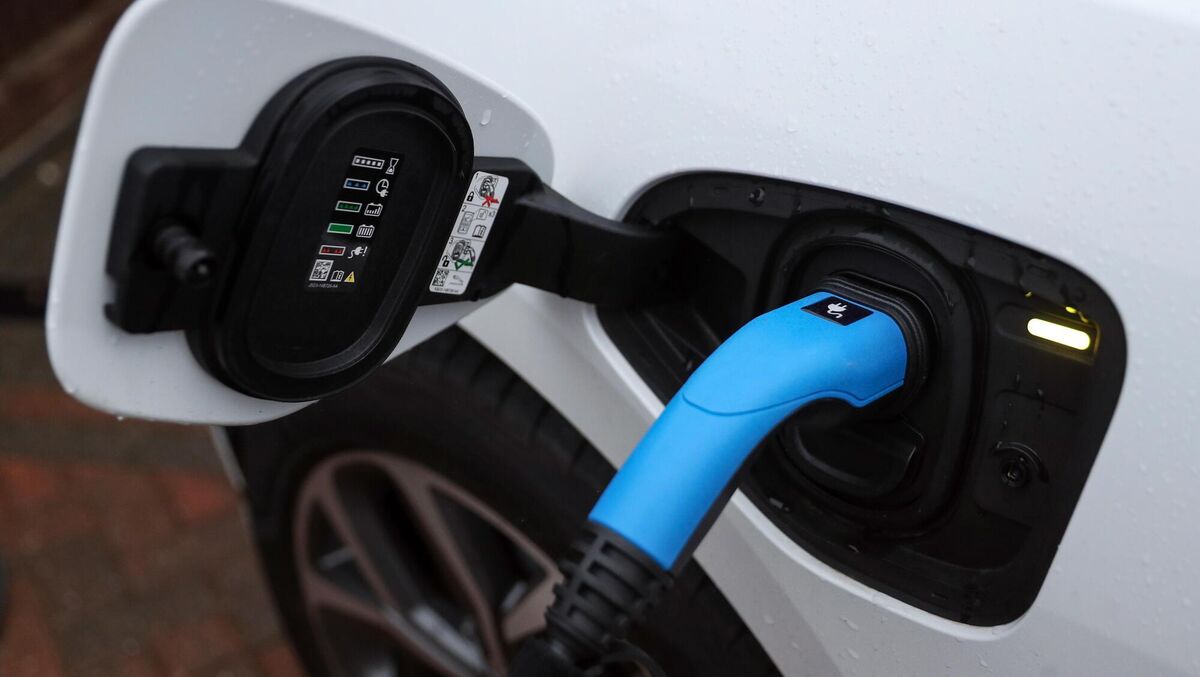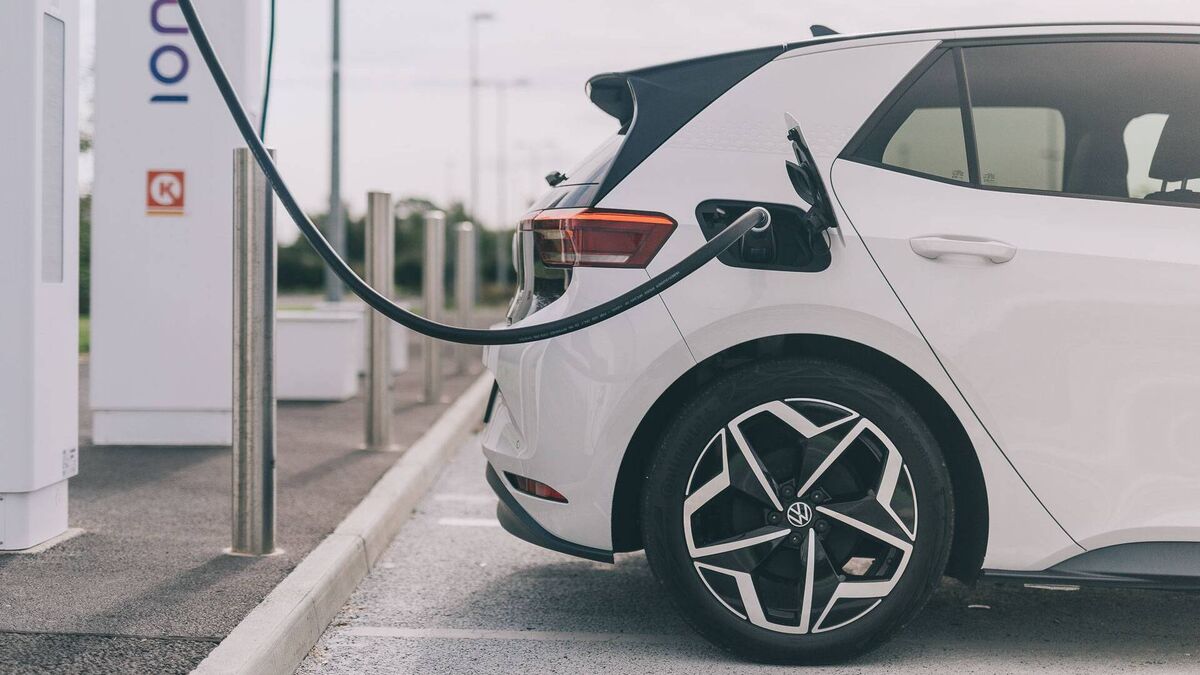In today’s automotive market, there is certainly the feeling that we should drive electrically or at least partially electrically. But what are the practical aspects? Is electrified driving for everyone?
First things first – buy an electrified car. We mentioned mild hybrids and “self-charging” hybrids last week, but only new plug-in hybrids and all-electric models can be funded.
The Irish Sustainable Energy Agency (SEAI) grants private buyers of new fully electric cars a grant of up to € 5,000. There are smaller grants if the price of the car is less than € 20,000, but that is far from irrelevant. More importantly, as of July 1, 2021, no SEAI grant will be granted for cars priced above EUR 60,000.
From this date, the SEAI grant available for plug-in hybrids (currently up to € 5,000) will also be reduced to € 2,500 within the same list price limits.
Another incentive to buy a fully electric car is the vehicle registration tax (VRT) exemption. VRT is payable the first time a car is registered in Ireland, i.e. when you buy a new car or import it from another country.
For vehicles with a value of up to 40,000 euros, VRT relief of up to 5,000 euros is available. There is less relief for cars with a value between € 50,000 and € 50,000, and there is no VRT relief above € 50,000.
This all sounds pretty complicated, but the dealers make it very easy to understand and also handle all of the paperwork for you when you buy an electric car. No need to buy the car and wait for the SEAI scholarship and VRT relief to follow suit later. It’s a seamless process.
Before buying a plug-in hybrid or all-electric car, take a moment to think about how to use it and where to charge it. Very low mileage drivers don’t need to worry about such things as relying on the public charging system is not a big problem if you only charge about once a week.
Eir and EasyGo will replace up to 180 Eir telephone booths across the country with fast chargers for electric vehicles. Image: Chris Bellew / Fennell Photography
Ideally, however, you have the option of installing a home charger. You can get a substantial allowance towards the cost of this, and it will make your home top up much faster and faster.
You can literally plug an electric car into any household outlet with the right cord, but the speed at which it charges is excruciatingly slow. A proper home charger will improve this, although it’s still relatively slow. Most people charge their electric vehicles at home overnight.
Nevertheless, the public charging system, which consists of well over 1,000 charging stations across the country, is constantly improving and expanding. It is most useful when you are going to travel long distances.
These can usually charge an electric car much faster. In fact, the limiting factor is often the car itself. Charging times vary depending on the vehicle’s performance and charger. However, it’s not uncommon for a quick charger to give you an 80% charge in about half an hour.
The ESB operates most of the country’s charging stations and electric vehicle owners can quickly apply for an ESB Ecars account and access card online. Depending on your probable usage, you can pay as you like or subscribe to cheaper tariffs. You will find that there are still plenty of free charging points around, especially on motorway links.
The Ionity network also has premium quick chargers that can be used to charge suitable cars very quickly. Access to this is provided by subscription. And if you have a Tesla, you have access to the ‘Supercharger’ network.
If you rely solely on fast top-up with Premium tariff, the cost per kilometer doesn’t look very attractive or particularly advantageous over the fuel cost of a gasoline or diesel car.
 Audi is a leader in electric drive with the futuristic Q4 Sportback e-tron concept.
Audi is a leader in electric drive with the futuristic Q4 Sportback e-tron concept.
For example, the Ionity chargers can cost up to 73c per kWh if you just show up to use them. A charge with 50 kWh would therefore cost € 36.50.
If the car has an average of 20 kWh per 100 km, that’s almost 15 cW per km. At € 1.33 for a liter of diesel and an average consumption value of, for example, 6.0 liters / 100 km, this corresponds to only 8 c per km.
Fortunately, few EV owners would pay such prices on a regular basis. The most expensive rate with ESB-Ecars is 37 c per kWh (that is 7.6 c per km with the above assumptions), while the cheapest is 23 c per kWh (which in the example above results in a rate of only 4.7 c per km). And it can again be cheaper to recharge at home.
The absolute numbers do not matter here, as the actual energy consumption of an electric car varies depending on the model and depends on how and where it is driven.
However, these examples show the importance of considering where to charge your EV, as it is clear that there is significant savings to be made.
In addition to the low fuel costs, electric cars currently attract the lowest tax rate for motor vehicles at just 120 euros per year. With fewer moving parts, they should be much cheaper and easier to maintain and service.
Because electric cars have fewer moving parts than their gasoline and diesel counterparts, in theory there is less to go wrong, so we assume they are generally more reliable.
Despite all of the warnings an electric car gives you when the battery charge is near zero, it is likely that some drivers are stuck on the side of the road with a dead battery.
 An electric charging cable plugged into a Jaguar I-Pace electric car in a dormitory.
An electric charging cable plugged into a Jaguar I-Pace electric car in a dormitory.
Unfortunately, there is currently no equivalent of grabbing a canister full of fuel at the nearest gas station to get you up and running in minutes. Instead, you need to request roadside assistance.
Some will lift the car up and take it to a place where it can be charged, although AA has started introducing what are known as mobile electric vehicle chargers, which can be used to charge the stranded electric car on the side of the road fast enough to get it back move under your own steam.
Expect a lot more of this in the years to come as the number of electric vehicles on the road increases.

